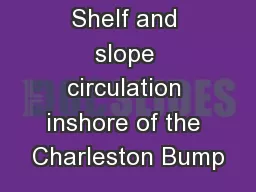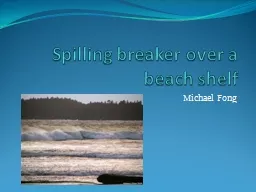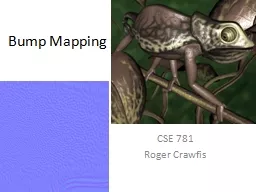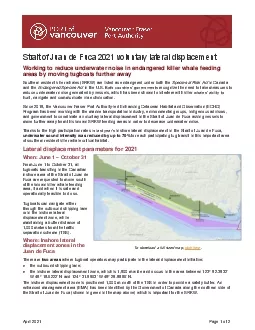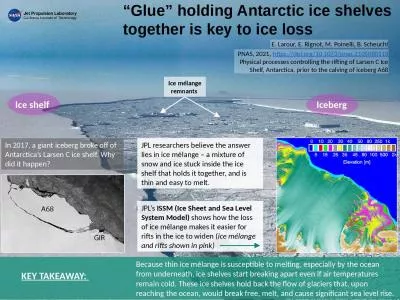PPT-Shelf and slope circulation inshore of the Charleston Bump
Author : phoebe-click | Published Date : 2017-06-15
H Seim W Stark UNC Chapel Hill C Edwards Skidaway Institute Of Oceanography Ryan and Yoder 1996 found maximum wintertime Chl off Long Bay outside frontal eddy
Presentation Embed Code
Download Presentation
Download Presentation The PPT/PDF document "Shelf and slope circulation inshore of t..." is the property of its rightful owner. Permission is granted to download and print the materials on this website for personal, non-commercial use only, and to display it on your personal computer provided you do not modify the materials and that you retain all copyright notices contained in the materials. By downloading content from our website, you accept the terms of this agreement.
Shelf and slope circulation inshore of the Charleston Bump: Transcript
Download Rules Of Document
"Shelf and slope circulation inshore of the Charleston Bump"The content belongs to its owner. You may download and print it for personal use, without modification, and keep all copyright notices. By downloading, you agree to these terms.
Related Documents

